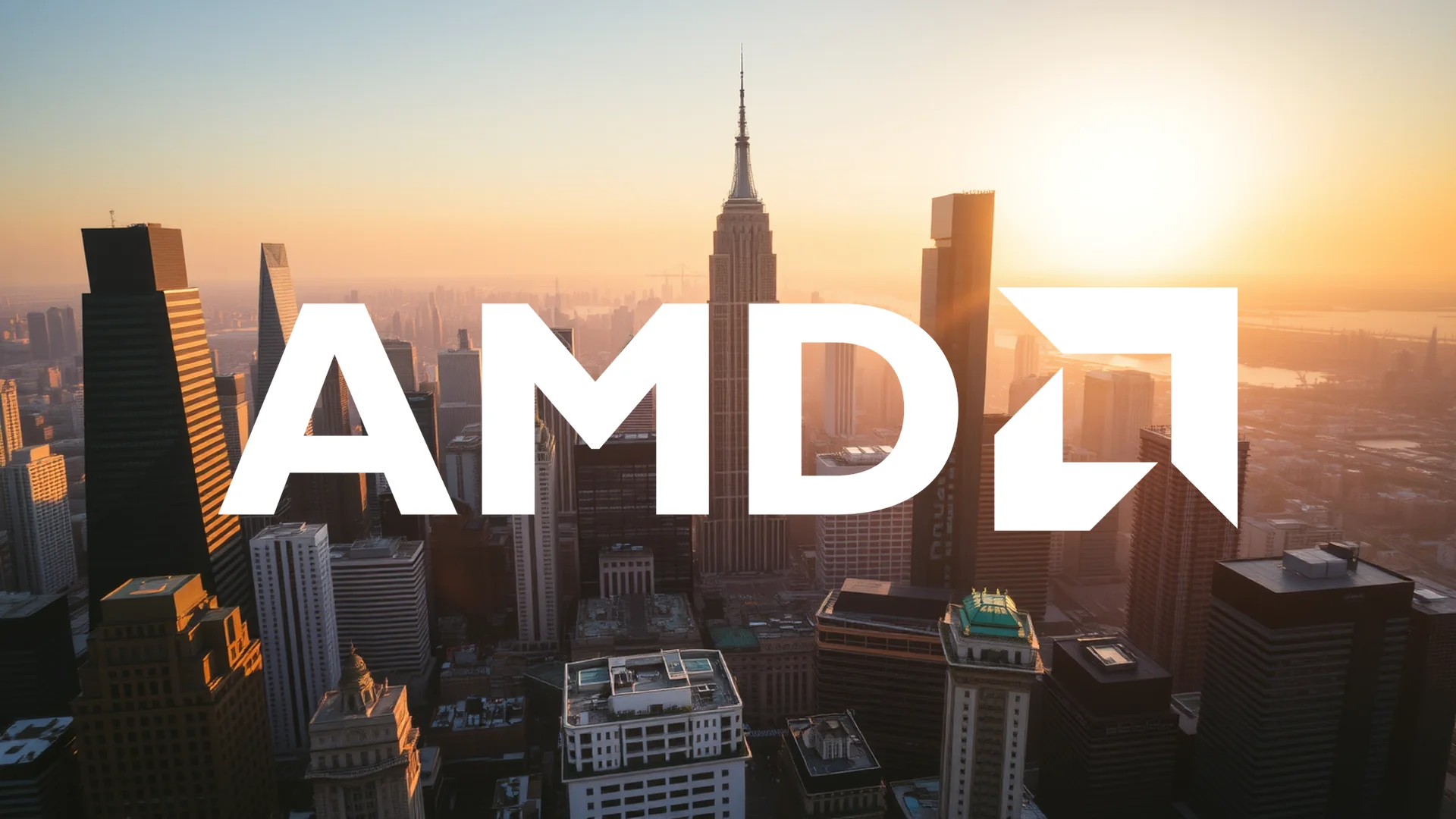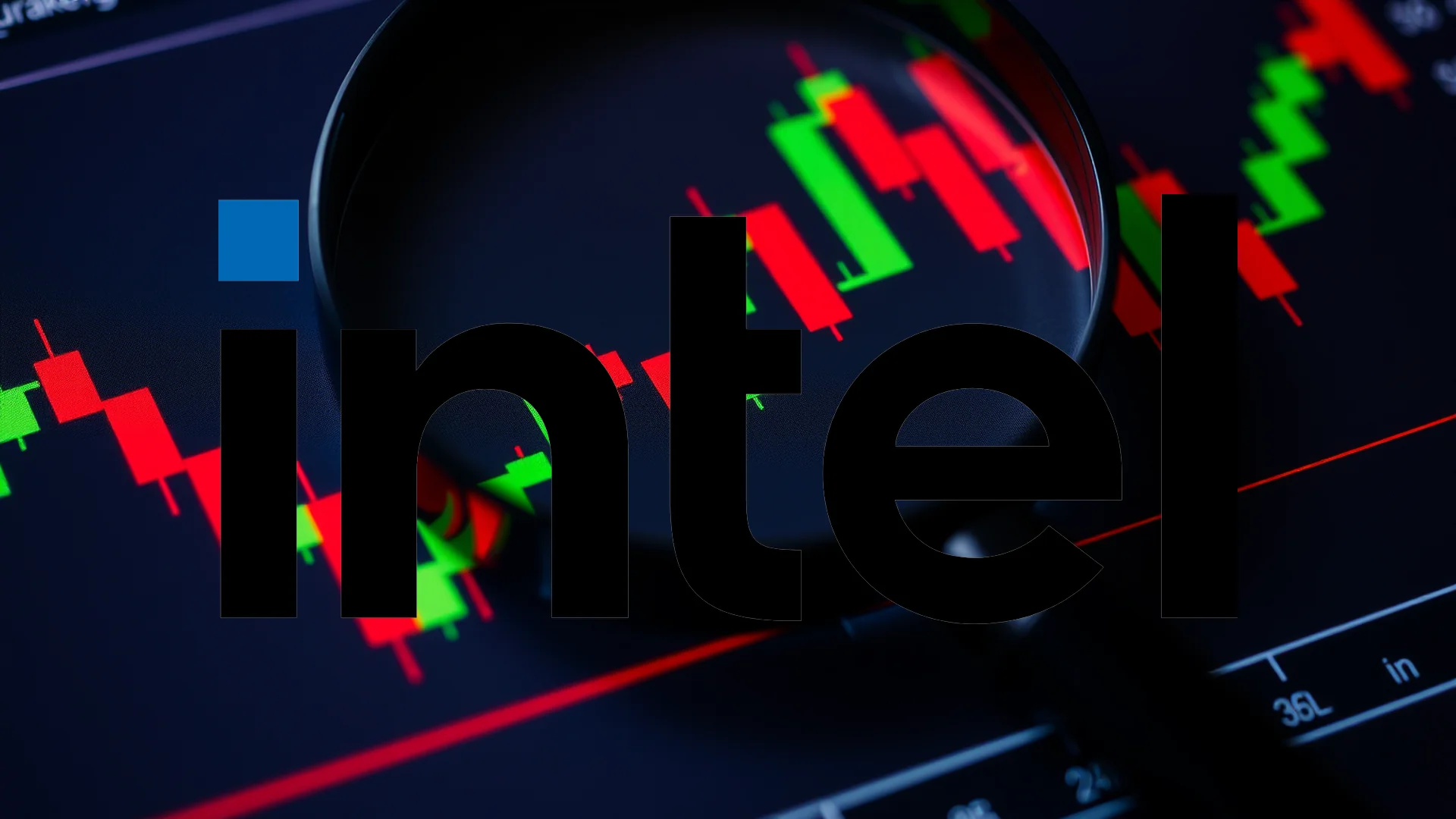The competitive landscape of the semiconductor industry has undergone a dramatic shift. Advanced Micro Devices (AMD), which has successfully captured market share from both Intel and Nvidia in recent years, now confronts a surprising strategic partnership between its two primary rivals. This newly formed alliance is poised to define competition for the foreseeable future, presenting a significant challenge to AMD’s growth trajectory.
Analyst Confidence Endures Despite Competitive Pressures
In the wake of the announcement, key market observers have maintained their positive outlook on AMD. Analysts suggest that the partnership’s focus could inadvertently benefit the broader ecosystem, including AMD. Bank of America analyst Vivek Arya reaffirmed a “Buy” rating for AMD shares, accompanied by a $200 price target. His analysis indicates that the alliance’s heavy reliance on the x86 architecture—which Intel also licenses to AMD—could ultimately strengthen the entire platform.
This optimistic stance is not isolated. Piper Sandler also confirmed an “Overweight” rating for AMD, setting a price target of $190. The firm cited confidence in the company’s management and their positive projections for the latter half of 2025 and into 2026. The consensus rating among analysts for AMD remains “Moderate Buy.”
A Strategic Countermove: AMD’s Focus on Edge Computing
As the market assesses the new competitive dynamic, AMD is aggressively advancing its own strategic initiatives. The company is not standing idle but is actively diversifying into specialized markets beyond its core PC and data center businesses. A key part of this strategy is the recent launch of its EPYC Embedded 4005 Series processors.
Should investors sell immediately? Or is it worth buying AMD?
These new processors are specifically engineered for edge-computing applications, targeting latency-sensitive, compute-intensive tasks in areas like network security and industrial servers. The features of the series highlight AMD’s push into high-growth niches:
* Built on the modern “Zen 5” architecture
* Designed to deliver a balance of performance and energy efficiency for edge deployments
* Equipped to handle AI inference workloads
This offensive is bolstered by robust demand for AMD’s Instinct MI350 accelerators, as well as its EPYC and Ryzen processors, providing the company with a diversified portfolio to compete under the shadow of the new industry alliance.
The Genesis of a New Competitive Threat
The catalyst for this industry realignment is a newly announced strategic partnership between Intel and Nvidia. The collaboration is strategically aimed directly at AMD’s key growth sectors, specifically artificial intelligence infrastructure and personal computing. The partnership combines Nvidia’s dominance in graphics and AI processors with Intel’s extensive CPU technology portfolio.
The agreement involves Intel manufacturing specialized x86 CPUs for Nvidia’s AI platforms and co-developing System-on-Chips that will incorporate Nvidia GPU chiplets. To solidify the alliance, Nvidia has committed to a $5 billion investment in Intel stock. This move sends a clear message to the market: two former individual contenders are uniting to form a consolidated front against AMD’s ascent. The immediate market reaction was evident, with AMD’s stock experiencing downward pressure as investors evaluated the implications of this intensified competition.
Ad
AMD Stock: Buy or Sell?! New AMD Analysis from December 25 delivers the answer:
The latest AMD figures speak for themselves: Urgent action needed for AMD investors. Is it worth buying or should you sell? Find out what to do now in the current free analysis from December 25.
AMD: Buy or sell? Read more here...










